Did you get to answer the gardening quiz from yesterday? Yes? Then, thank you. You missed it - it's alright I got some more. This time, the plants are probably more common to you as this set of flowers tend to thrive everywhere without giving them much care.
Yesterday, @bleujay was the 1st to answer the questions. I wonder who it would be this time. Yesterday, nobody got a perfect 10 but hey~~ thanks to all of them who shared their knowledge about the Echinacea Purpurea. If you were wondering about what the answers to yesterday's questions were - just click on the blued Echinacea and scroll till the bottom of the post. I posted them before the post got paid out and I'll do the same on this one.
Now, let's begin to get your gardening brain of yours all perked up before Spring comes. Here comes the first prick, I mean flower. For the "true or false questions" do give us the right answer if you give out - False. 'Course you may use resources as it says up there - "Open Notes" but it would be nicer if you answer it based on your gardening knowledge and experience.
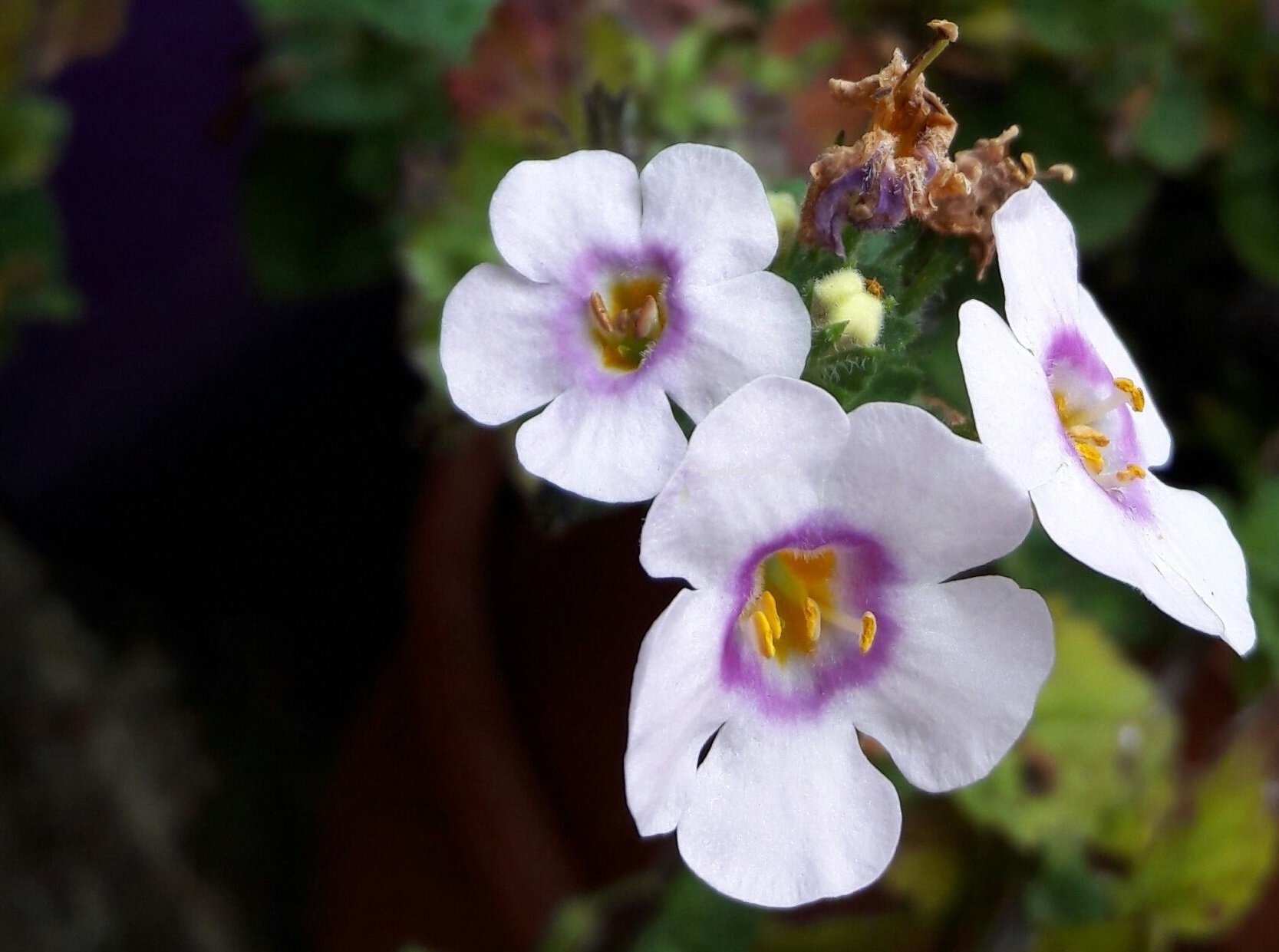
1. When white like this with a hot pink ringlet in the middle what is my Scientific name?
2. What am I commonly called ?

3. When I'm Pink what is my Scientific name?
4. What is my common name when pink?
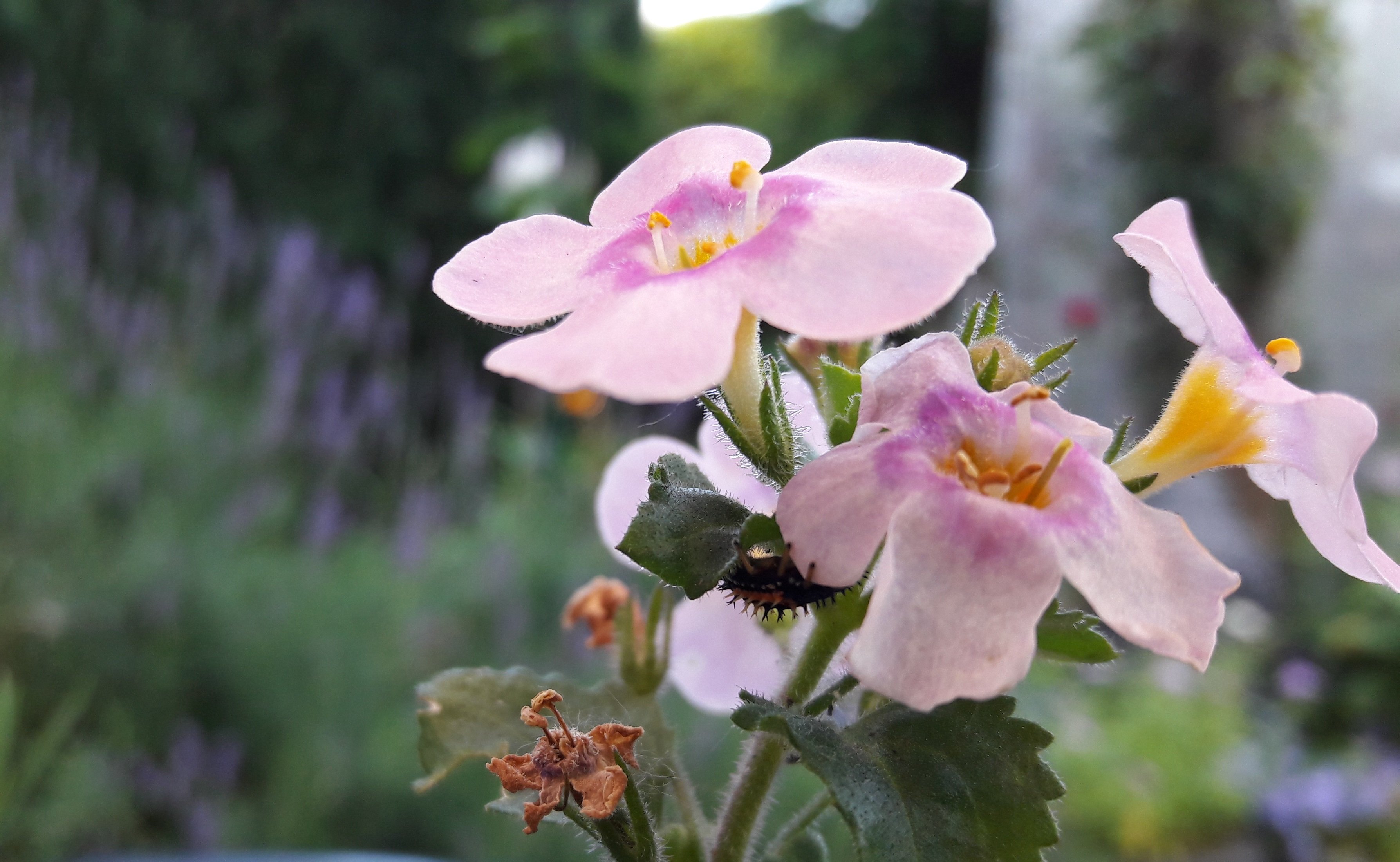
5. True or false : We both love full sun.
6. True or false : Aphids don't bug us but snails do.
7. True or false : We grow best in hanging pots only.
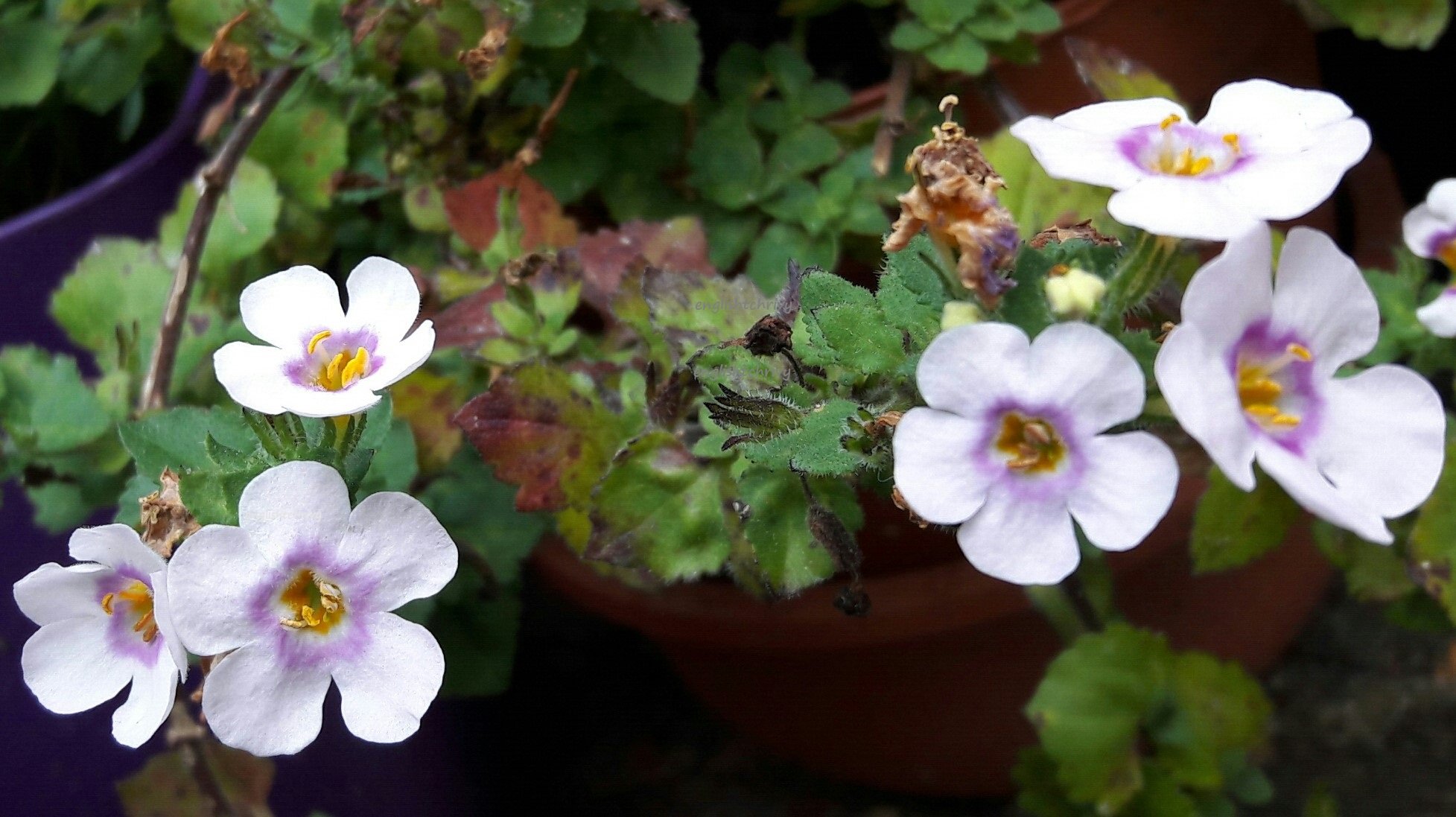
Well, anyway, both of them don't need much caring except for making sure their pots drain water very well and to cut dying stems. They are annuals but cuttings help me propagate them to make it look like we have them year after year.
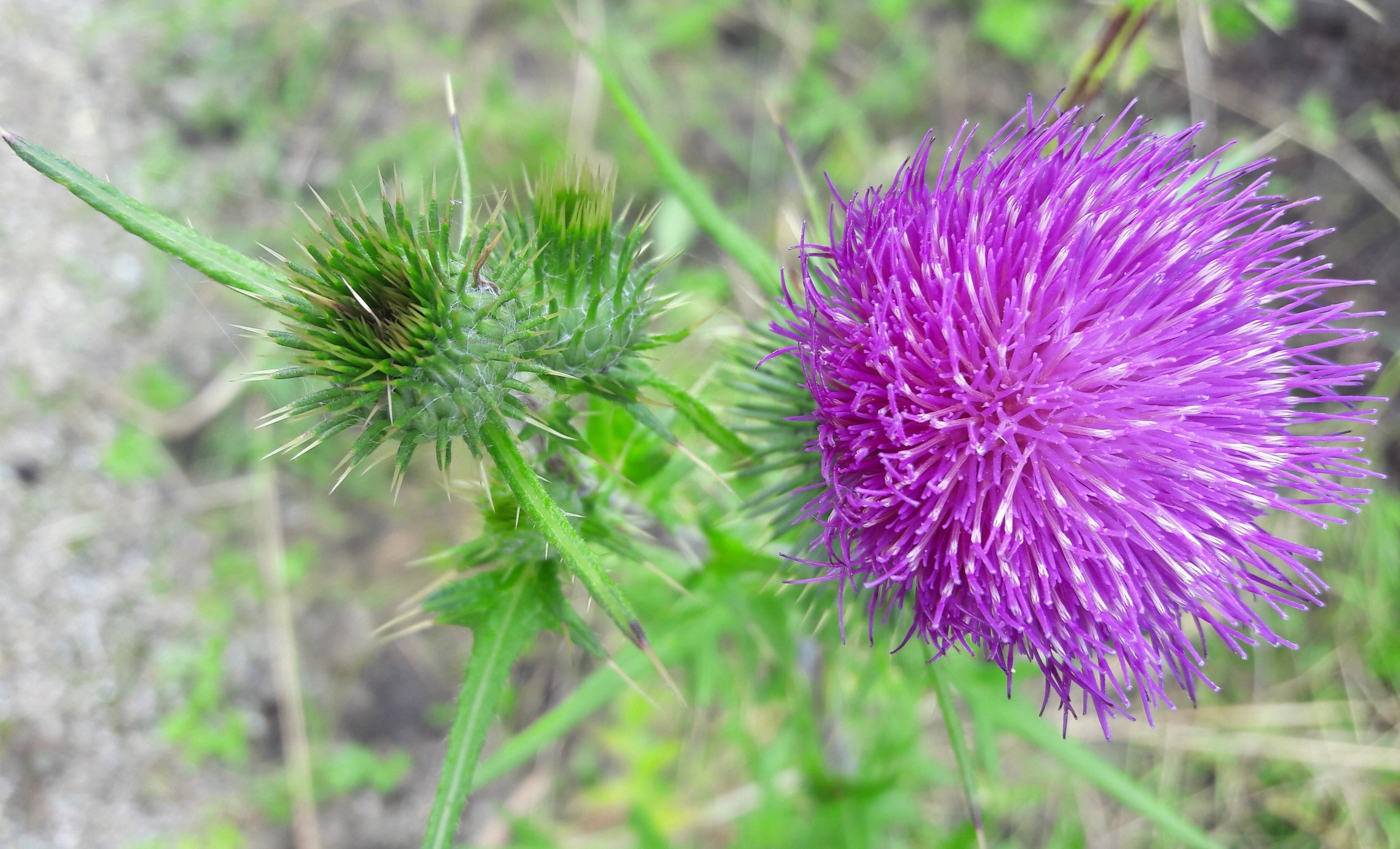
8. Which country has me for a national flower? Yes, this has nothing to do with gardening but let's have some trivia about it, too - wouldn't hurt would it?
9. What are the common names given to me ? Kindly give all three.
10. What is my Scientific name?

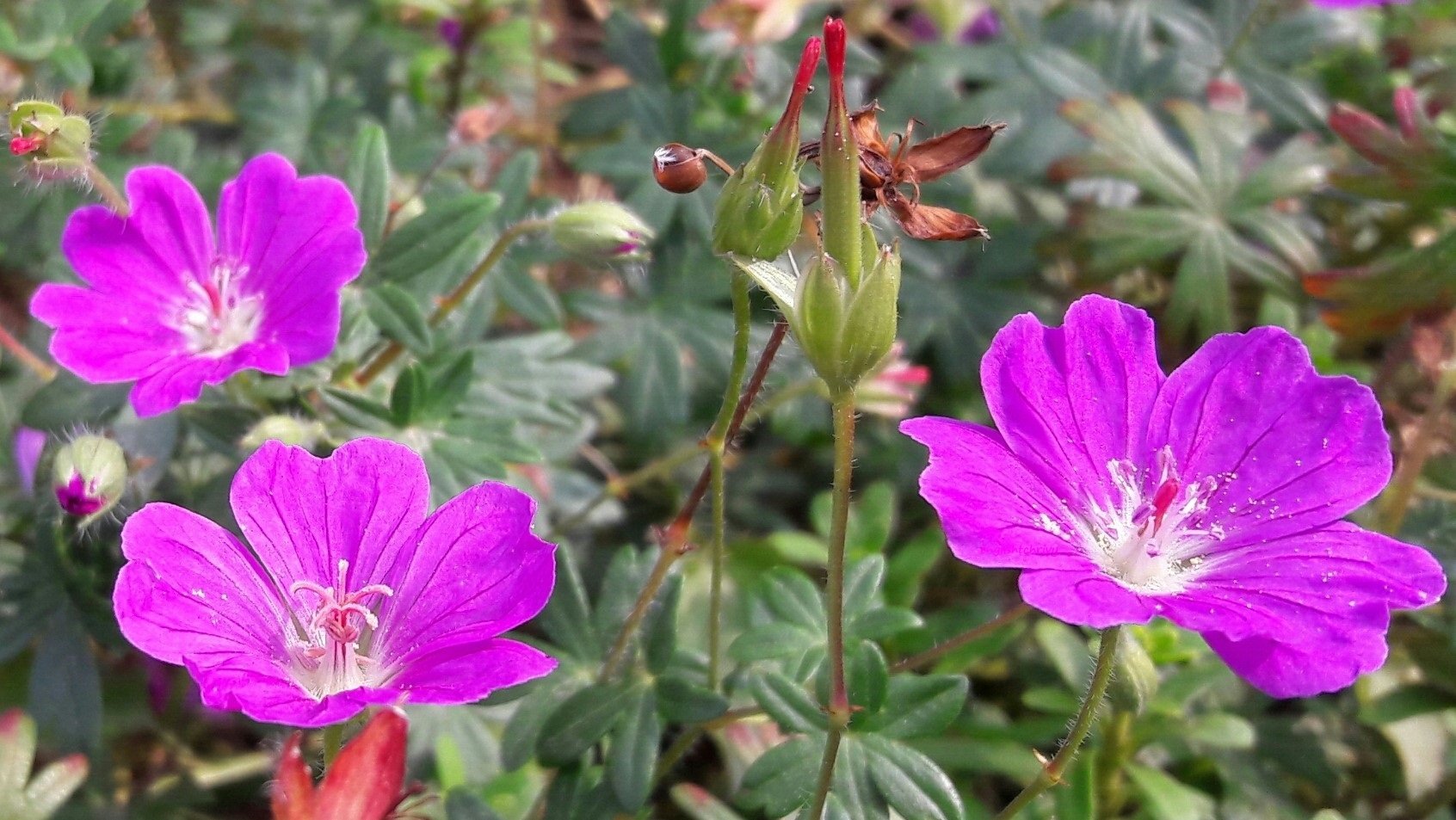
14. / 15. What are my common names? Please give both. Careful, I may have look alikes but let my petals and leaves confirm it to you which one of us, I actually am?
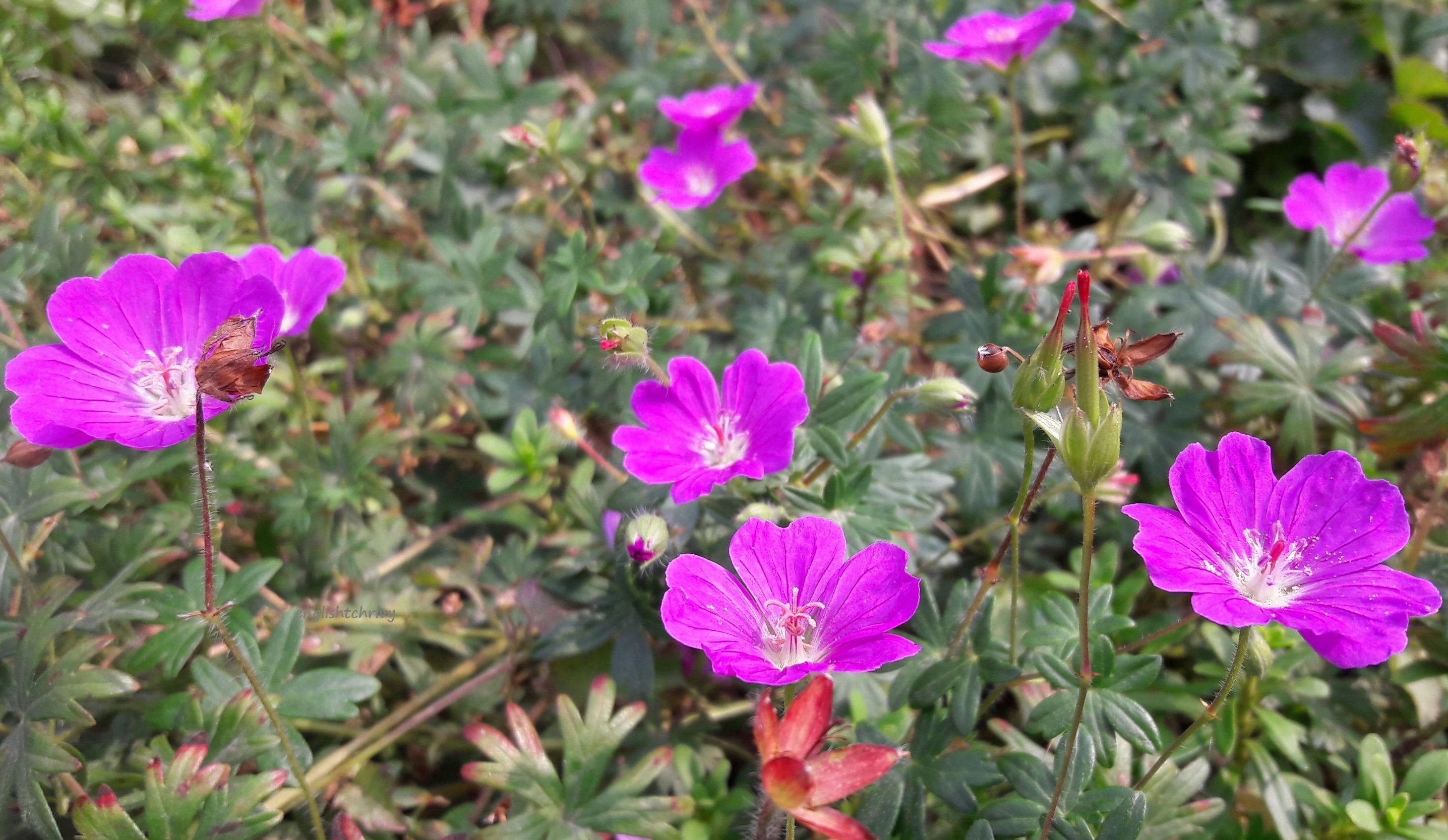
16. What is my Scientific name? They got my Scientific name from two words - one is a Greek word meaning crane which they gave me because of how my fruit pods look like, the other is from a Latin word which refers to the red tint flaunted by autumn leaves.
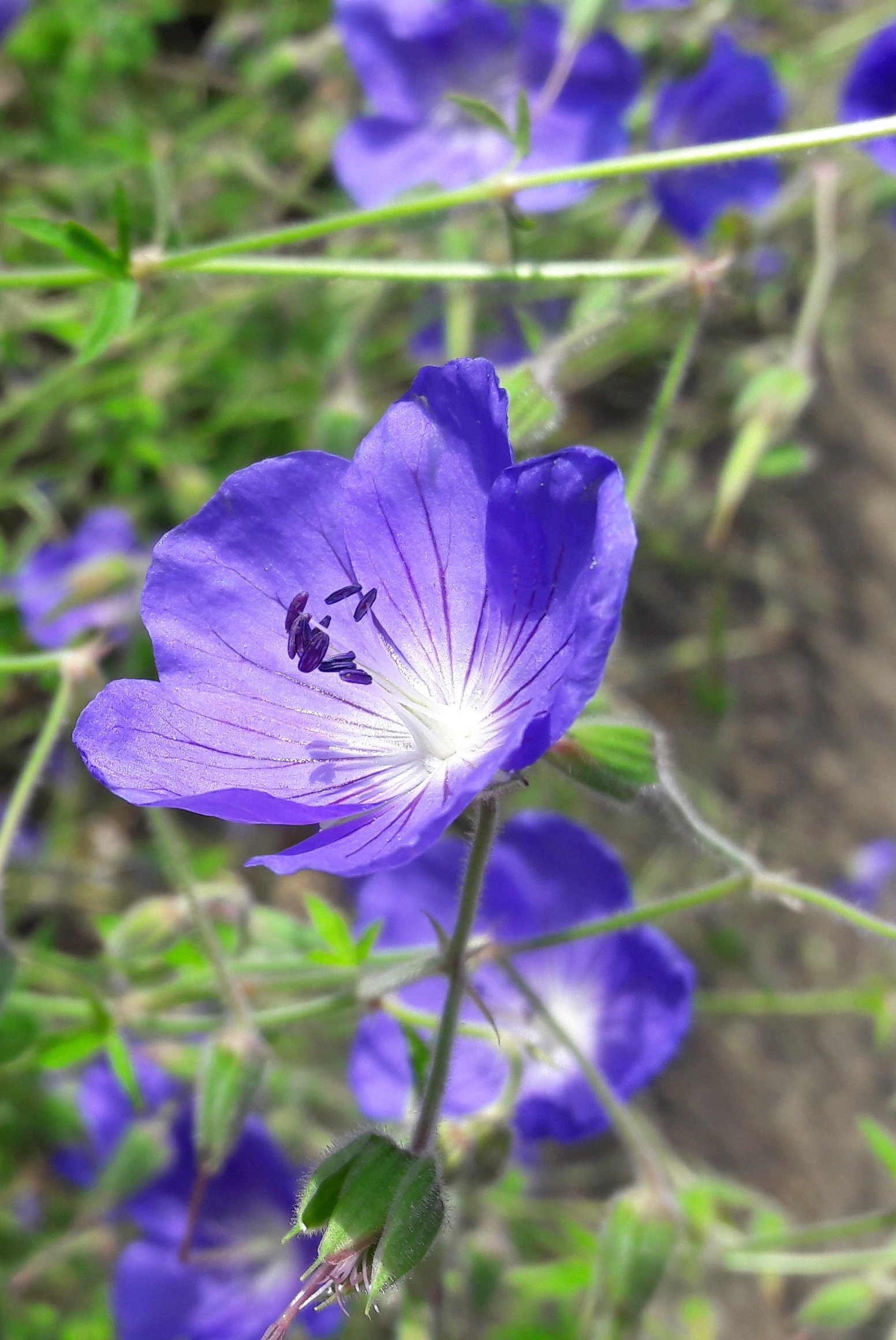
17. Now that I'm blue what is my Scientific name then?
18. When is the best time to plant or propagate us?
19. What type of soil allow us to thrive happily?
20. From which month to which month do we get to flower?
It is matters to know when to sow your seed or plant a potted plant you grew in the green house because then you get to know where to put your plants. If you get to sow them too early before their sowing seasons - possibility is they won't germinate. If you get to sow them too late, they may germinate but you won't get to profit from their flowers or they may bloom in autumn and only the mildew would enjoy them specially if you live in a cold and wet country like where I am. With regards to soil, it would be best to give the plant the soil it needs for them to grow healthy. If you plant one that requires a low ph soil to a soil that's very high in ph, you may talk to it, give it much love and so on - but with the wrong soil it may grow but not do well. Putting them in the wrong soil could hamper flowering - more so fruiting. If you are like me, I plant flowers in my garden to attract pollinators for my fruiting trees and vegetable garden, then it is very important to put plants to their preferred soil. As to knowing when they flower , it matters because one, if you know which of your plants bloom in Spring, Summer, Fall and yes, there are plants that still flower in winter; then you have a chance to have flowers all year through specially during the seasons pollinators are around. You may also know which plant to plant beside or near which fruiting tree to make sure they help attract pollinators when those fruiting trees are in bloom - hence, ensuring you fruits. To know about which pest, disease or enemy a certain plant has would help you decide whether you should have them in your garden or not. It would also guide you whether you should place them next to or close to a fruiting plant that could have the same pest to avoid pest problems. It would help you understand how to combat the pests or diseases/ enemy of that plant if you still decide to have them in your garden. I took all of these pictures with my Samsung Galaxy A3 2016 edition. EDIT. Here are the answers to the questions above.Here's why it is important to know which soil which plant does best or when to sow them and when they bloom.
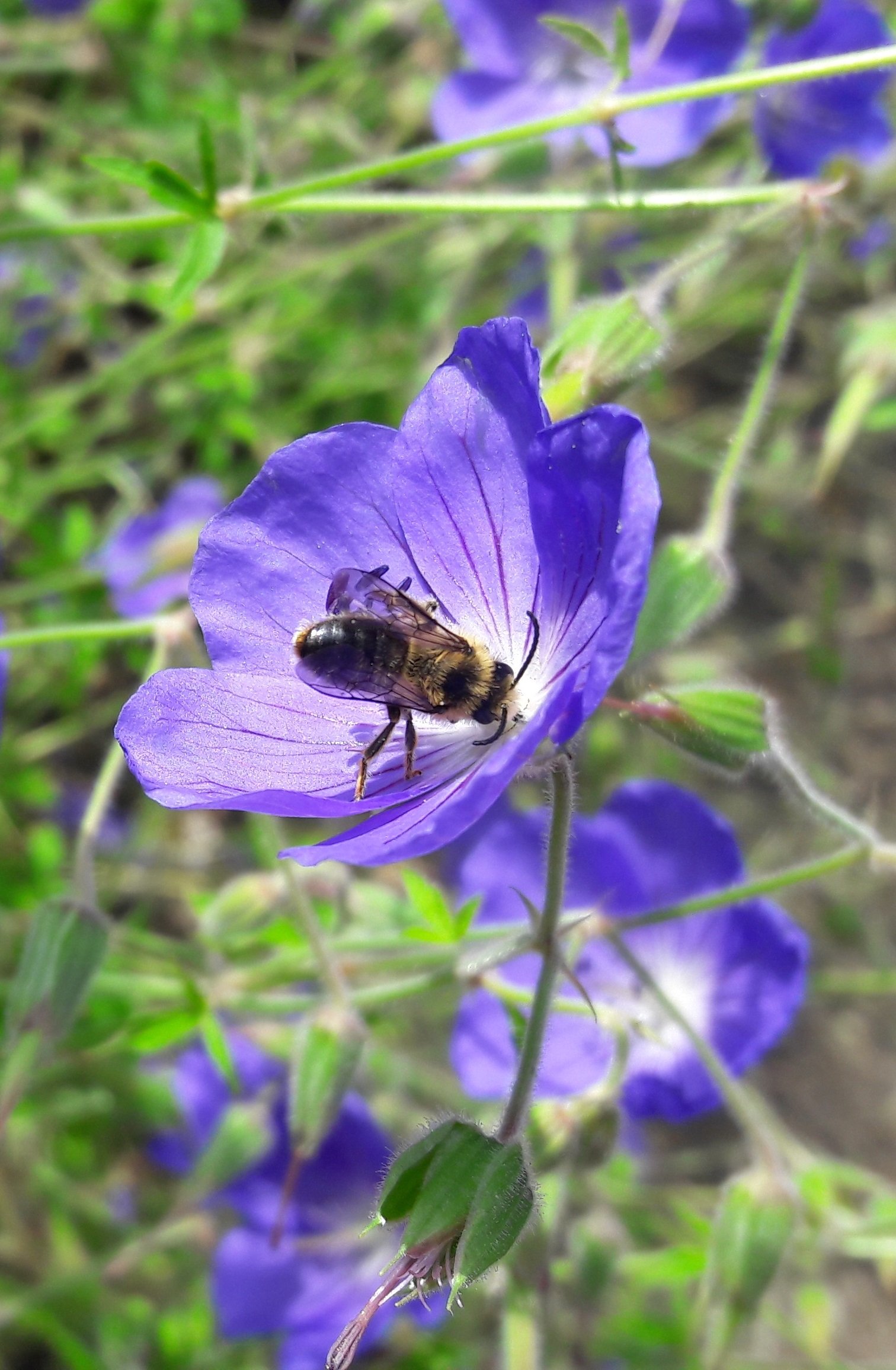
So did you get them all right this time?
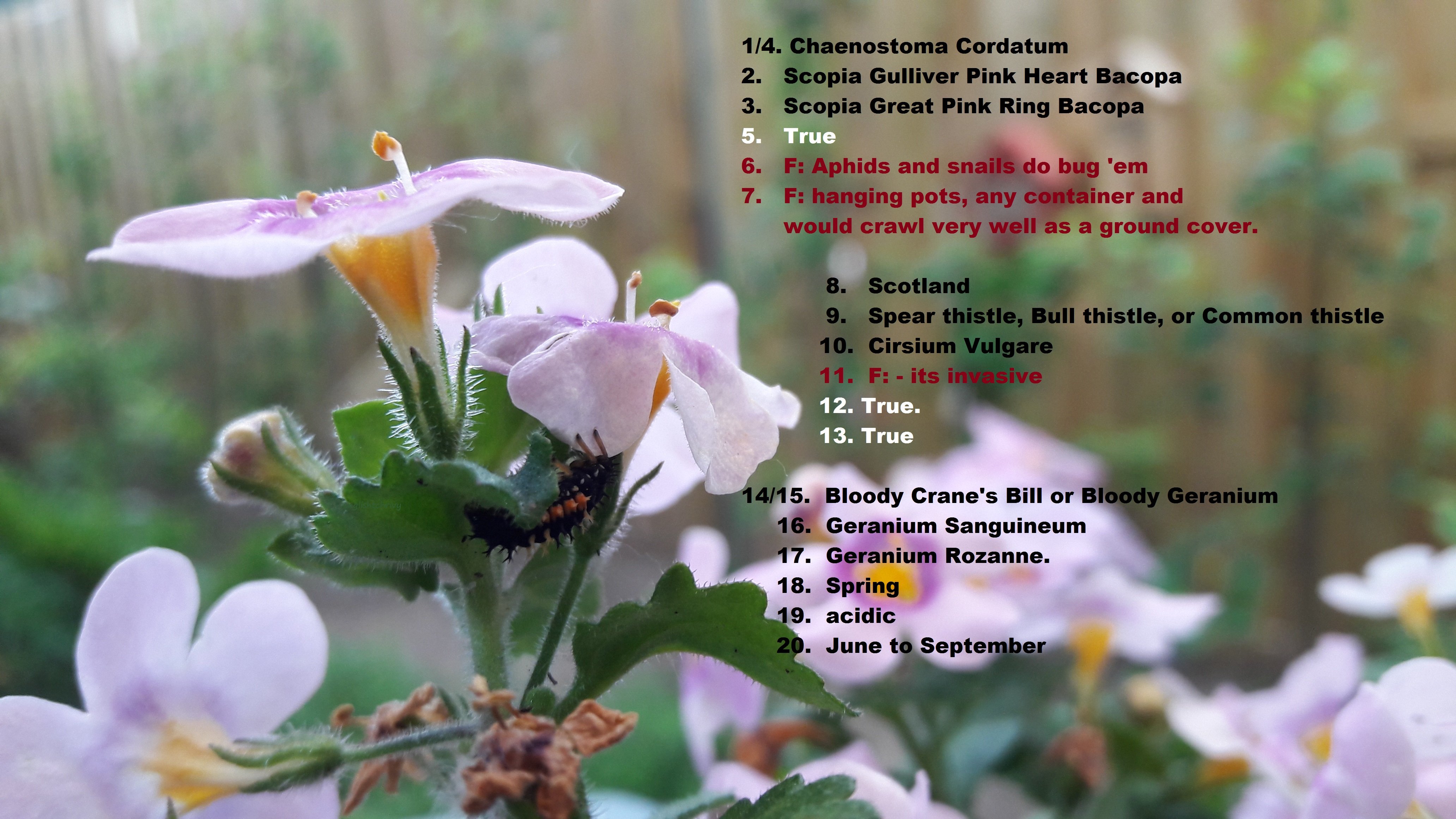
Here are my other gardening articles:
